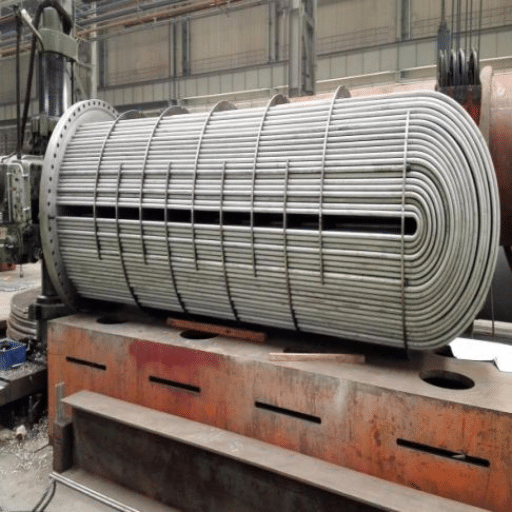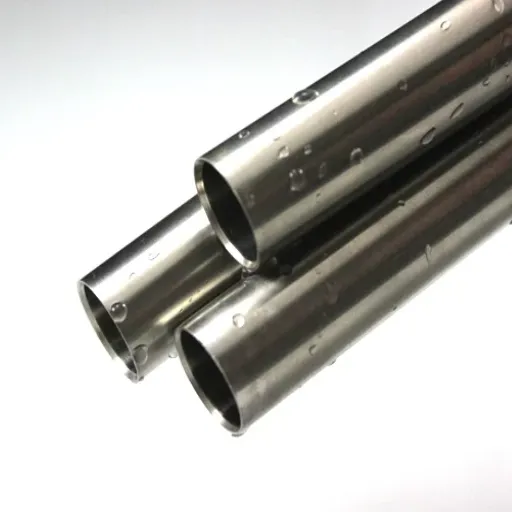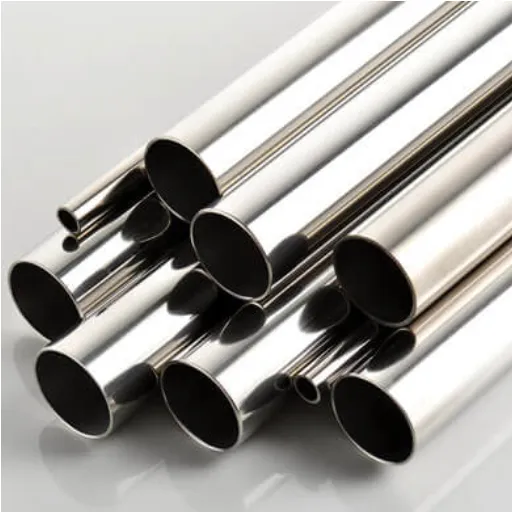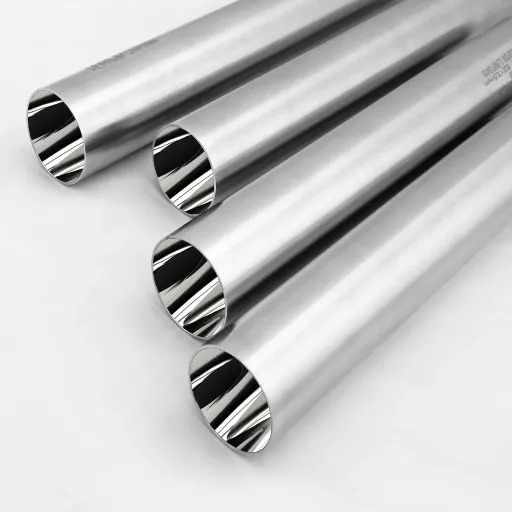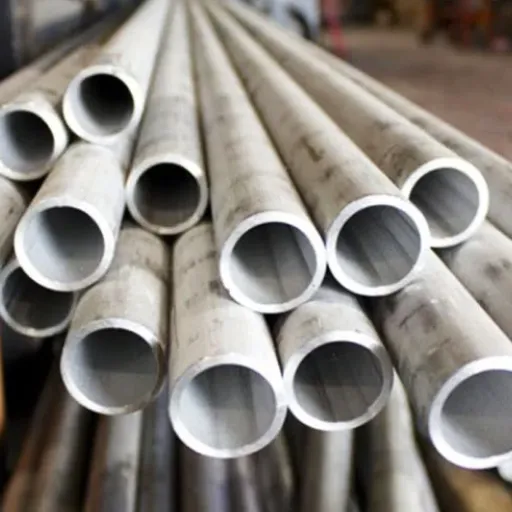When it comes to stainless steel, choosing the right type can make all the difference in your project’s durability, performance, and cost-effectiveness. Among the many varieties available, 302 and 304 stainless steels are two of the most popular options due to their strength, corrosion resistance, and versatility. But how do you know which one is better suited for your needs? While they may seem similar at first glance, subtle differences in composition and properties can have a significant impact on their applications.
Introduction to Stainless Steels
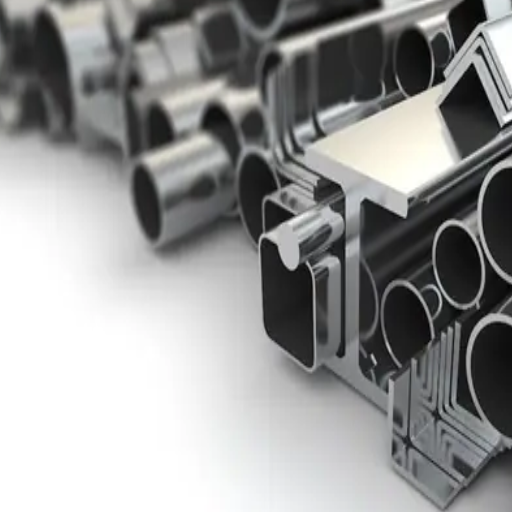
What are Stainless Steels?
Stainless steels are iron alloys known for corrosion resistance and strength. They contain at least 10.5% chromium, which, when exposed to oxygen, forms a passive layer of chromium oxide on the surface. This oxide layer is a barrier against rust, improving its durability and thus, stainless steel finds application in almost anything imaginable.
One of the greatest advantages of stainless steel is its adaptability. It finds uses in:
- Construction industry
- Automotive applications
- Medical devices
- Food processing industries
Furthermore, stainless steel is 100% recyclable, making it an environmentally friendly option. Steel will always be a prime choice for any challenging project in commercial and industrial setups, given its strength-to-weight ratio along with durability and recyclability.
Overview of 302 and 304 Stainless Steel
302 and 304 grades are two of the most widely found austenitic steels in stainless steel, having found their application in corrosion-resistant and load-bearing systems under different environmental conditions. Both these grades are 300-series stainless steels, chromium-nickel alloys possessing excellent mechanical properties and resisting oxidation.
The major difference between 302 and 304 stainless steels lies in their chemical composition:
- 302 stainless steel: Contains higher carbon content, making it stronger but less corrosion resistant
- 304 stainless steel: Lower carbon content provides better corrosion resistance
Importance of Choosing the Right Alloy
Choosing suitable alloys becomes paramount, as the success of material formulation rests solidly on sound design and materials selection for a given application. Key considerations include:
- Environmental conditions (rainwater, saltwater, or soil exposure)
- Mechanical requirements (load capacity, tensile strength)
- Cost and availability factors
- Project timeline and maintenance requirements
Chemical Composition of 302 and 304 Stainless Steel
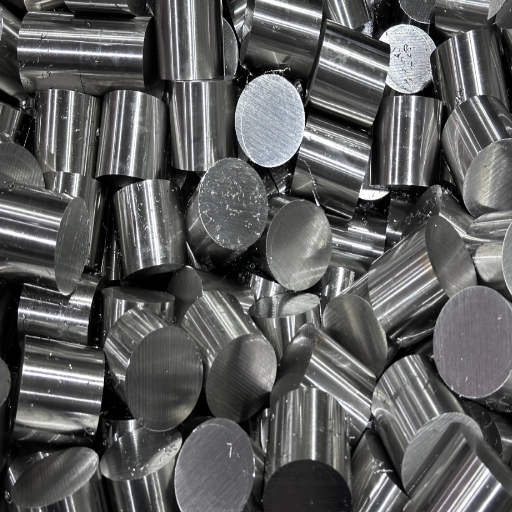
Detailed Breakdown of 302 Stainless Steel Composition
302 stainless steel is an austenitic steel-chromium-nickel alloy that has high corrosion resistance and ductility. The major elements forming its chemical composition include:
| Element | Percentage Range | Function |
|---|---|---|
| Chromium (Cr) | 17-19% | Provides resistance to oxidation and corrosion |
| Nickel (Ni) | 8-10% | Provides acid resistance and stabilizes structure |
| Carbon (C) | Up to 0.15% | Increases tensile strength and weldability |
| Manganese (Mn) | Up to 2% | Increases hardness and wear resistance |
| Silicon (Si) | Up to 1% | Provides strength and high-temperature oxidation resistance |
| Phosphorus (P) | Limited to 0.045% | Controlled to prevent brittleness |
| Sulfur (S) | Limited to 0.03% | Enhances machinability without compromising corrosion resistance |
Overview of 304 Stainless Steel Composition
Stainless steel grade 304 has been extensively reported as the most popular among stainless steel types due to its high corrosion resistance, ductility, and strength.
| Element | Percentage Range | Function |
|---|---|---|
| Chromium (Cr) | 18-20% | Forms a stable chromium oxide film for corrosion resistance |
| Nickel (Ni) | 8-10.5% | Improves toughness and prevents chloride stress corrosion cracking |
| Carbon (C) | Max 0.08% | Controlled to limit carbide precipitation |
| Manganese (Mn) | Below 2% | Aids austenite formation and hot working properties |
| Silicon (Si) | Up to 0.75% | Increases oxidation resistance and high-temperature strength |
| Phosphorus (P) | Limited to 0.045% | Improves strength and machinability |
| Sulfur (S) | Limited to 0.03% | Enhances machinability without affecting structural integrity |
Key Differences Between 302 and 304 Stainless Steel
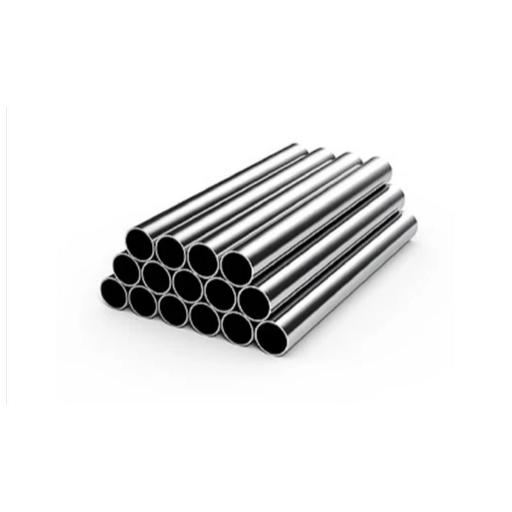
Corrosion Resistance Comparison
While stainless steel 302 offers moderate corrosion resistance, 304-grade stainless steel with elevated chromium and lowered carbon offers superior corrosion resistance.
| Aspect | 302 Stainless Steel | 304 Stainless Steel |
|---|---|---|
| Cr Content (%) | 17-19 | 18-20 |
| C Content (%) | 0.15 | 0.08 |
| Rust Resistance | Moderate | High |
| Water Exposure | Less durable | Highly durable |
| Chemical Tolerance | Limited | Excellent |
| Primary Use Cases | Springs, wires | Food, medical, chemical applications |
Durability and Mechanical Properties
Both 302 and 304 stainless steel show substantial strength and longevity from their austenitic structure, but differ in mechanical and corrosion properties:
- 304 stainless steel: Better corrosion resistance, superior weldability, suitable for harsh environments
- 302 stainless steel: Slightly higher tensile strength, more susceptible to rusting at high temperatures
- Working conditions: 304 steel maintains volume and resists pitting in high-moisture and chemical-laden environments
- Cost consideration: 302 is cheaper but has limited applications in corrosive environments
Applications of 302 and 304 Stainless Steel

Common Uses in the Automotive Industry
Both 302 and 304 stainless steels are extensively used in automotive applications:
- Exhaust system components: High-temperature and corrosion-resistant materials for durability
- Fasteners and springs: Strong, corrosion-resistant components critical for automotive assemblies
- Finishing works: Trim panels, grilles, and decorative accent pieces, combining durability with aesthetic appeal
Applications in Food Processing
Stainless steel is critical in food processing due to its durability, corrosion resistance, and hygienic properties:
- Processing Equipment: Mixers, tanks, and conveyors that don’t react with food
- Storage Containers: Silos for raw materials and finished goods, providing contamination protection
- Food Preparation Areas: Countertops, cutting boards, and work tables that are easy to sanitize
- Piping Systems: Transporting liquids like milk, juice, and water without contamination
- Packaging Machinery: Durable equipment that ensures efficient processing and reduces maintenance costs
Medical Equipment and Marine Applications
Stainless steel is essential in medical and marine industries for its durability, corrosion resistance, and sterilization capability:
- Surgical Instruments: Scalpels, scissors, and forceps requiring corrosion resistance and sterilization
- Implants and Prosthetics: Orthopedic applications requiring strength and biocompatibility
- Hospital Furniture: Beds, trolleys, and operating tables with hygienic properties
- Shipbuilding: Propellers, tanks, and pipes resistant to marine environments
- Desalination Plants: Components withstanding saltwater exposure while maintaining structural integrity
Factors to Consider When Choosing Between 302 and 304
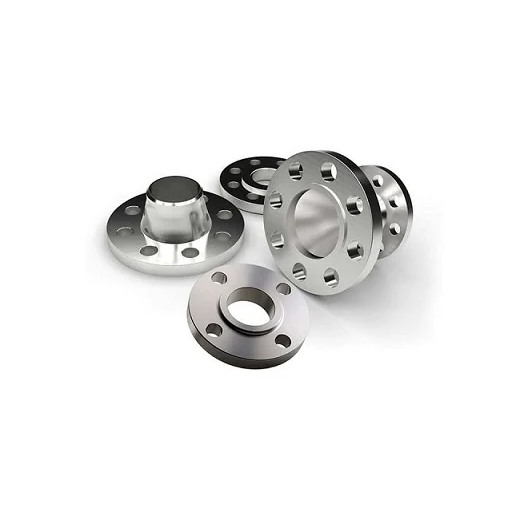
Assessing Corrosion Resistance Needs
Corrosion resistance requirements depend on the working environment and specific conditions the material will face:
- Marine environments: 304 stainless steel preferred for greater resistance to pitting and crevice corrosion
- Moderate corrosion threat: 302 stainless steel may suffice with comparable strength attributes at a lower cost
- Assessment factors: Chemical exposures, humidity, temperature changes, and salt exposure levels
Evaluating Durability Requirements
When studying durability requirements, consider the conditions and forces imposed on materials:
- Environmental factors: Moisture, saltwater, or industrial chemicals affect longevity
- Mechanical properties: Tensile strength, hardness, and impact resistance vary between grades
- Extreme conditions: Temperature variations and mechanical stress may require specialized grades
Cost-Effectiveness and Budgeting
Cost-effectiveness considerations for manufacturers include:
- Initial investment: 302 is typically less expensive due to lower nickel content
- Long-term value: 304 offers superior ROI through enhanced durability and corrosion resistance
- Lifecycle costs: Maintenance, replacement, and operational expenses over time
- Market factors: Raw material price fluctuations affecting relative costs
Frequently Asked Questions (FAQ)
What is the main difference between 302 stainless steel and 304 stainless steel?
The main difference lies in their chemical compositions. Both being austenitic stainless steels, 302 contains more carbon than 304. This imparts certain mechanical property differences, such as yield strength and ductility.
How does 302 compare to 304 in terms of corrosion resistance?
304 generally has higher corrosion resistance than 302. A high percentage of nickel in 304 provides enhanced corrosion resistance to various environments, making it favorable for food processing equipment and high-temperature applications.
What about the mechanical properties of 302 and 304 stainless steel?
302 usually has a higher yield strength than 304. However, 304 is more ductile and less prone to cracking under heavy welding or machining operations, making it more widely used in industry.
What type of stainless steel is best for food processing equipment?
304 stainless steel is regarded as best for food processing equipment due to its excellent corrosion resistance and non-magnetic properties. It helps maintain cleanliness and prevents contamination of food products.
What explains the price difference between 302 and 304 stainless steel?
Prices vary based on market demand and supply. Generally, 304 stainless steel is costlier than 302 due to its higher corrosion resistance and superior properties, making it more widely applicable.
Which industries use 302 grade stainless steel?
Automotive, aerospace, and manufacturing industries often utilize 302 stainless steel. It’s selected for applications requiring moderate corrosion resistance and strength, such as springs and wire products.
Are there applications where 304 is better than 302?
Yes, 304 stainless steel is better suited for applications requiring high corrosion resistance, such as the food and beverage, chemical processing, and medical equipment industries. Its resistance to harsh environments makes it preferable over 302 in such instances.
What are the distinctive properties of 302 stainless steel?
302 stainless steel’s higher carbon content makes it tougher and stronger while retaining commendable machinability and formability. However, it corrodes more easily compared to 304 stainless steel.
Conclusion
Understanding the differences between 302 and 304 stainless steel is crucial for making informed material selection decisions. While both grades offer excellent strength and versatility, their distinct chemical compositions lead to different performance characteristics. 304 stainless steel excels in corrosion resistance and is ideal for food processing, medical, and marine applications, while 302 stainless steel offers higher strength and is well-suited for automotive and manufacturing applications where moderate corrosion resistance is sufficient.
Consider your specific application requirements, environmental conditions, budget constraints, and long-term performance expectations when choosing between these two popular stainless steel grades. The right choice will ensure optimal performance, durability, and cost-effectiveness for your project.
References
304 Stainless Steel Type – An overview- This article presents an in-depth overview of type 304 stainless steel, including its corrosion resistance and uses.
Stainless Steel Grade Chart- The latter document deals with corrosion resistance and applications of stainless steel grades, including 302 and 304.
SAE Steel Grades- This resource contrasts the corrosion resistance and properties of 302 and 304 stainless steels.


